Winter is a… divisive season. Chances are you either love it or hate it. Ok, chances are you either hate it or make up reasons to tolerate it (“It helps me appreciate the seasons,” etc.). Even if you’re firmly in camp “hate it”, however, you have to admit winter has its charms. Chief among these charms: you don’t have to worry about bugs! Or… *Pause for dramatic effect*… do you?
Imagine: You’re out walking your dog when you notice a cluster of weird black specs in the snow. You haven’t seen many horror movies, so you bend down to see what they are. Then they start jumping around! Yep, those things you just encountered are called “snow fleas”. Here’s everything you should know about them. It might not make you feel better, but at least you’ll be able to curse winter more accurately.
What Are They?
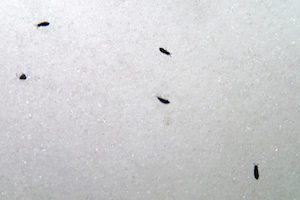 The so-called “snow flea” isn’t actually a flea at all. They’re actually several species of arthropod springtails in the Collembola order. The most commonly encountered snow flea around here is probably Hypogastruna nivicola. There are about 700 species of springtails in North America, and they all share certain key characteristics.
The so-called “snow flea” isn’t actually a flea at all. They’re actually several species of arthropod springtails in the Collembola order. The most commonly encountered snow flea around here is probably Hypogastruna nivicola. There are about 700 species of springtails in North America, and they all share certain key characteristics.
Snow fleas are tiny and very skinny. The ones you encountered were probably only 1 to 2 millimeters long! They’re probably black, dark blue, or dark grey, though they can also be a yellow color. They can’t fly, but they can rapidly leap 3-4 inches using a spring-like body part called a “furcula”. The most upsetting thing about snow fleas is probably how abundant they can be. During winter and early spring, you might spot literally thousands of the tiny arthropods congregating on snow.
How Are They Alive?
Snow fleas are capable of synthesizing an antifreeze-like protein that keeps their bodies from freezing. They automatically begin producing this protein when temperatures dip beneath a certain threshold.
When temperatures warm up, the protein easily breaks down, allowing snow fleas to survive comfortably in all seasons. Other species can produce antifreeze-like substances, but only snow fleas produce one that breaks down easily in warmth. This antifreeze, combined with their easily-satisfied diet, makes it possible for snow fleas to survive winter without much effort. In fact, snow fleas have been called one of the hardiest animals ever!
What Do They Want?
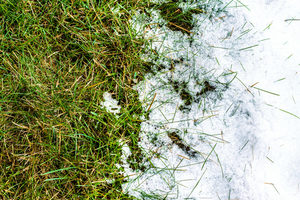 Despite their unusual habits and habitats, snow fleas want what pretty much all pests want. When they come out on warm winter days, they’re looking for food, water, and a chance to mate. Springtails provide an important service to their ecosystems by feeding on microscopic bacteria, algae, and fungi.
Despite their unusual habits and habitats, snow fleas want what pretty much all pests want. When they come out on warm winter days, they’re looking for food, water, and a chance to mate. Springtails provide an important service to their ecosystems by feeding on microscopic bacteria, algae, and fungi.
Along with food, snow fleas are attracted to moisture. The tiny arthropod is very sensitive to drying out, and requires a consistent source of moisture to survive. Springtails use a tube-like organ called a “collophore” to suck up water from the wet surfaces they crawl over. They may seek out melting snow on warm days to take in moisture. Finally, snow flea mating season is in early spring. When large numbers of snow flea congregate together, it’s usually to produce offspring.
Are They Dangerous?
Not at all. Snow fleas can’t bite or sting, nor can they damage plants, food products, property, or clothing. In fact, springtails like snow flies are some of the many garden arthropods that are considered beneficial.
By feeding on decaying organic matter and the bacteria it produces, snow fleas help garden plants grow in spring. An abundance of snow fleas in your yard can be considered a sign of healthy soil.
What Can I Do About Them?
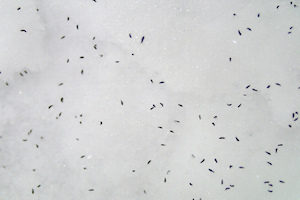 We’re lucky snow fleas are harmless, because there’s not really a good way to control them even if we wanted to. The springtail will never come indoors, so you don’t have to worry about infestations. They’re attracted to moisture and decaying plant life, both of which are difficult to prevent in winter and spring.
We’re lucky snow fleas are harmless, because there’s not really a good way to control them even if we wanted to. The springtail will never come indoors, so you don’t have to worry about infestations. They’re attracted to moisture and decaying plant life, both of which are difficult to prevent in winter and spring.
Even if you shoveled up all the snow in your yard, wet grass and dead plants would bring snow fleas calling anyway. In fact, springtail species are quite abundant all year. Snow fleas become more noticeable in winter because they come out of cover and stand out against snow. When all the snow melts as spring arrives, you’ll stop seeing snow fleas as frequently. Until then, don’t worry about them–they’re kind of cute anyway. Uh… right?
If you had to choose a bug to deal with in winter, you could do a lot worse than snow fleas. The diminutive arthropods are totally harmless, non-invasive, and content to stay away from you. At worst, all they’ll do is ruin your view of endless expanses of snow. And we don’t know about you, but we’re tired of looking at that anyway.
Even though pests largely take some time off every winter, that doesn’t mean your pest control should. There’s still plenty good year-round pest control can do for you this season. Remember: prevention is always more effective than treatment. If you need some pest prevention (or treatment!) this winter, give Griffin a call anytime. We’re always happy to brave the cold for you.

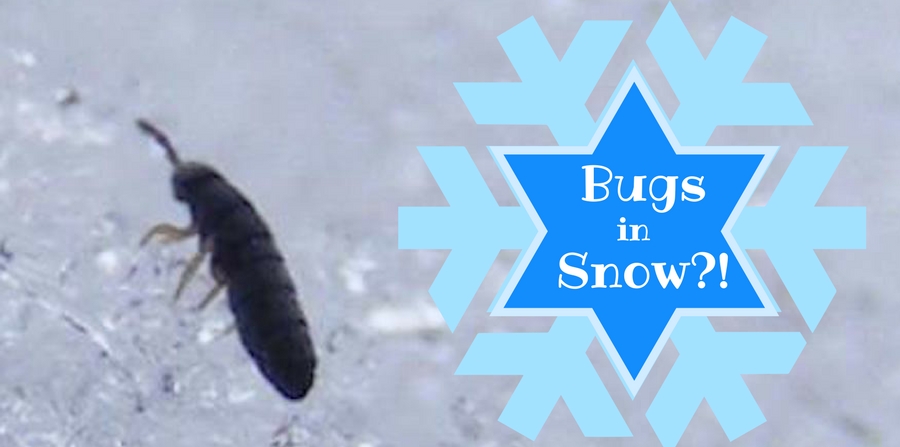
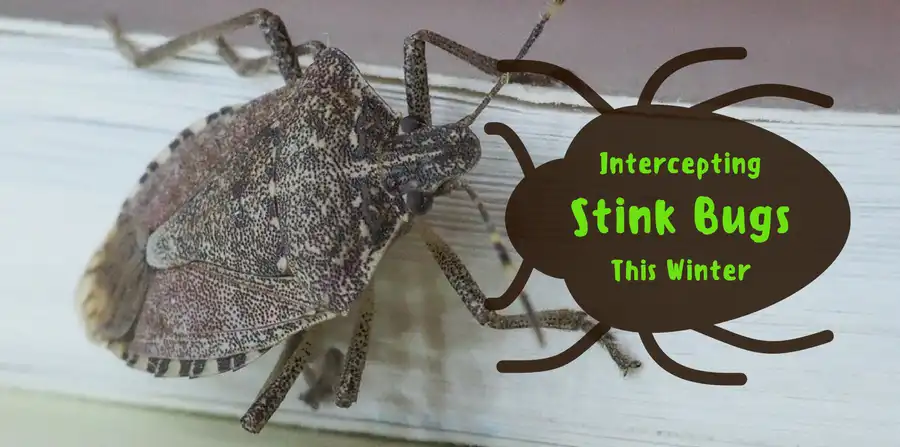
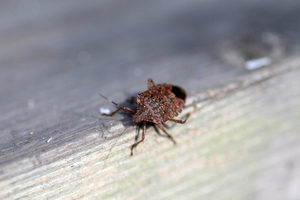 When temperatures drop, stink bugs enter a special hibernation-like state called
When temperatures drop, stink bugs enter a special hibernation-like state called 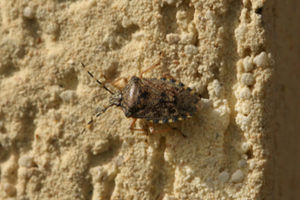 Stink bugs enter buildings via the same access points most pests find. Usually, they crawl through cracks and crevices around door and window frames or utility lines. Stink bugs fly and climb surfaces, so they may use vents, chimneys, or roofing damage to get in, as well. It’s only after stink bugs infiltrate a home successfully that their behavior becomes a bit more unique.
Stink bugs enter buildings via the same access points most pests find. Usually, they crawl through cracks and crevices around door and window frames or utility lines. Stink bugs fly and climb surfaces, so they may use vents, chimneys, or roofing damage to get in, as well. It’s only after stink bugs infiltrate a home successfully that their behavior becomes a bit more unique.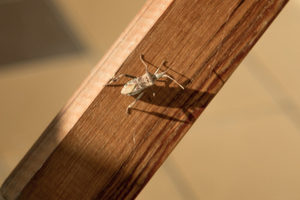 No. When stink bugs e
No. When stink bugs e First, vacuum up the stink bugs you find with a shop vac. Remove and dispose of the vacuum bag into an outdoor dumpster when you’re finished. Clean the surfaces where you find stink bugs with soapy water and a washcloth. Try not to crush stink bugs when you find them, because they’ll release their scent on death. Remember to check the secluded or hidden areas where stink bugs like to hide. Cleaning these areas regularly will make them far less attractive to the pest.
First, vacuum up the stink bugs you find with a shop vac. Remove and dispose of the vacuum bag into an outdoor dumpster when you’re finished. Clean the surfaces where you find stink bugs with soapy water and a washcloth. Try not to crush stink bugs when you find them, because they’ll release their scent on death. Remember to check the secluded or hidden areas where stink bugs like to hide. Cleaning these areas regularly will make them far less attractive to the pest.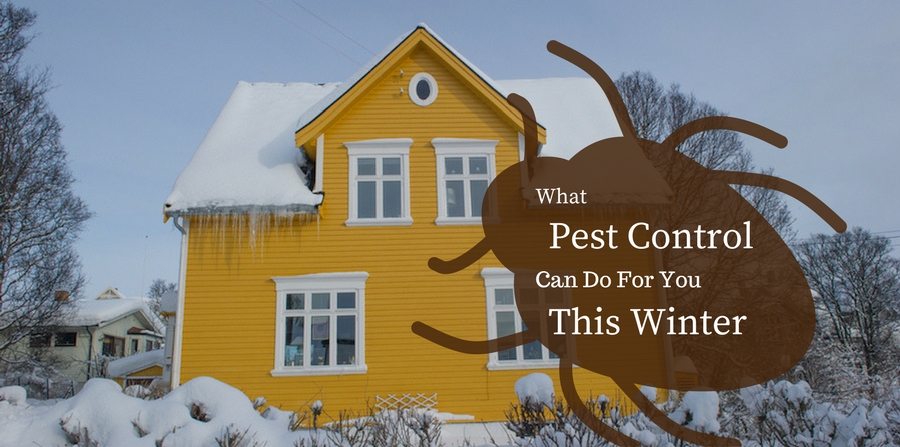
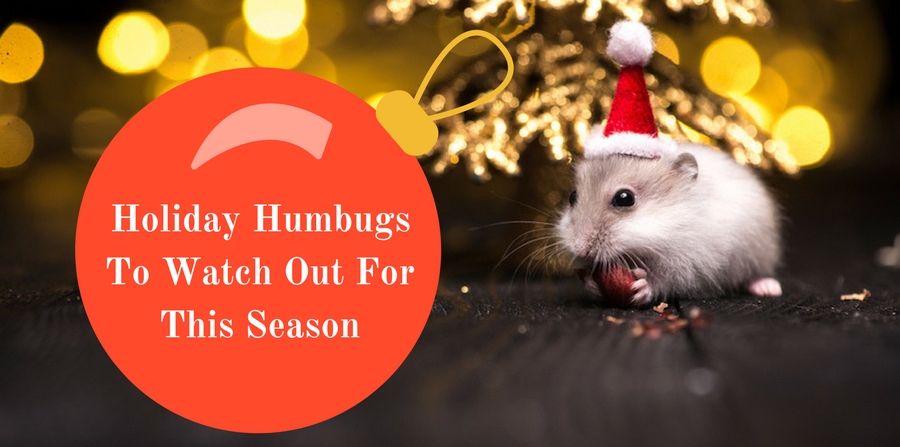
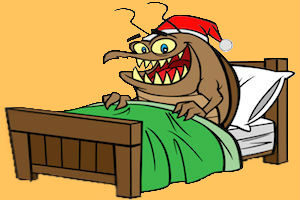 Bed bugs hide in dark, confined places and remain perfectly still for hours on end. These dark, confined spaces aren’t just beds, either. Bed bugs often hide in suitcase, bags, and other common travel gear. If travelers
Bed bugs hide in dark, confined places and remain perfectly still for hours on end. These dark, confined spaces aren’t just beds, either. Bed bugs often hide in suitcase, bags, and other common travel gear. If travelers 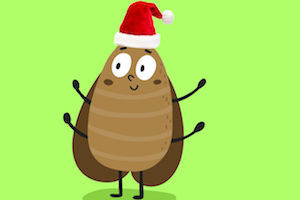 There are two types of common pest moths: pantry-infesting moths and fabric-infesting moths. Unfortunately, both can be a problem during the holiday season. If fabric moths infest cloth decorations, they might be
There are two types of common pest moths: pantry-infesting moths and fabric-infesting moths. Unfortunately, both can be a problem during the holiday season. If fabric moths infest cloth decorations, they might be 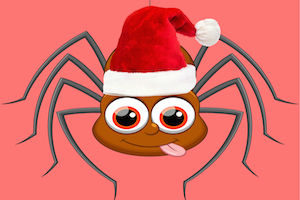 Remember when we covered
Remember when we covered 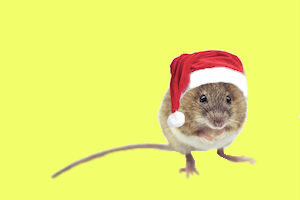 Unfortunately, “not a creature was stirring–not even a mouse” is not always true of the night before Christmas. The
Unfortunately, “not a creature was stirring–not even a mouse” is not always true of the night before Christmas. The 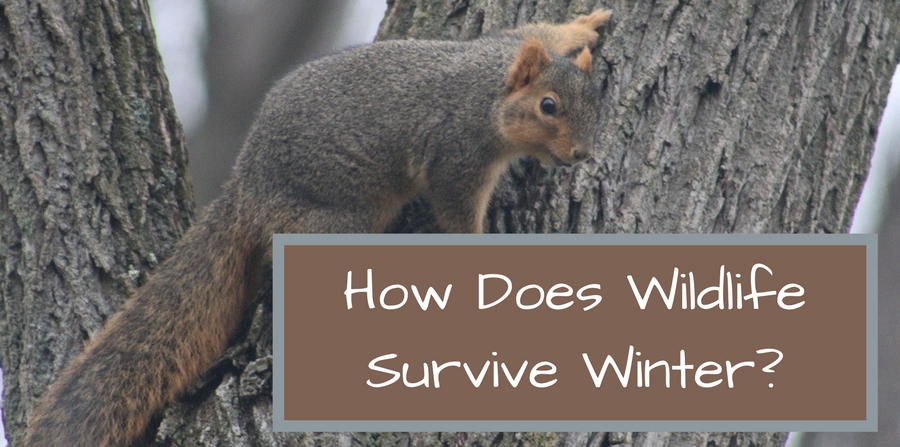
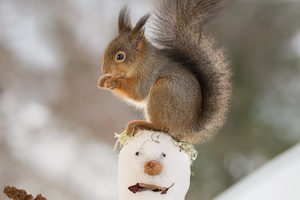 As soon as temperatures drop, squirrels scramble to collect as many nuts, berries, and seeds as they can get their paws on. You’ve probably seen the common eastern grey squirrel race around stashing every crumb of food that isn’t nailed down countless times. They stash their foraged horde in
As soon as temperatures drop, squirrels scramble to collect as many nuts, berries, and seeds as they can get their paws on. You’ve probably seen the common eastern grey squirrel race around stashing every crumb of food that isn’t nailed down countless times. They stash their foraged horde in 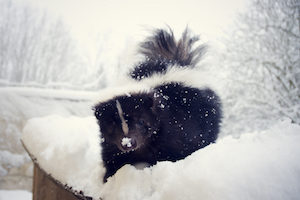 Skunks don’t horde like squirrels do, but boy do they eat. Skunks spend fall hunting and eating insects, worms, lizards, snakes, mammals smaller than them, and more. All this eating builds thick layers of fat to insulate the skunk from the cold. When winter begins, skunks usually find burrows by digging under natural or manmade cover. Many skunk species create large, multifamily burrows and keep each other warm via proximity.
Skunks don’t horde like squirrels do, but boy do they eat. Skunks spend fall hunting and eating insects, worms, lizards, snakes, mammals smaller than them, and more. All this eating builds thick layers of fat to insulate the skunk from the cold. When winter begins, skunks usually find burrows by digging under natural or manmade cover. Many skunk species create large, multifamily burrows and keep each other warm via proximity. 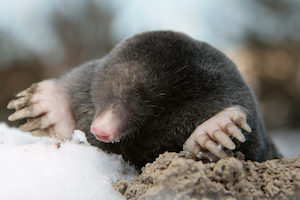 Ok, we know we said these animals solve their winter problems creatively. But, look, creativity isn’t really what moles are all about. These mammals do one thing, and they do it very well: they dig. Moles don’t stop digging, even after the ground freezes in winter. Instead, they just dig deeper. Some mole species may
Ok, we know we said these animals solve their winter problems creatively. But, look, creativity isn’t really what moles are all about. These mammals do one thing, and they do it very well: they dig. Moles don’t stop digging, even after the ground freezes in winter. Instead, they just dig deeper. Some mole species may 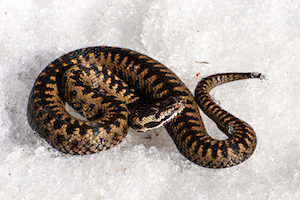 As if winter wasn’t bad enough,
As if winter wasn’t bad enough, 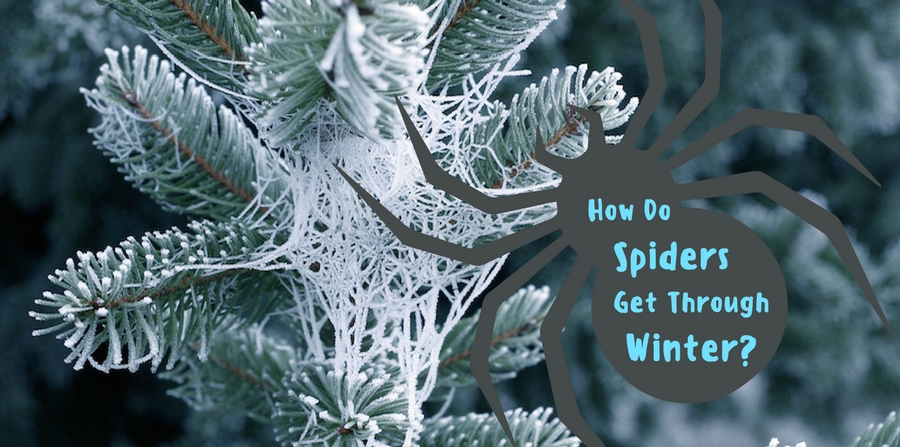
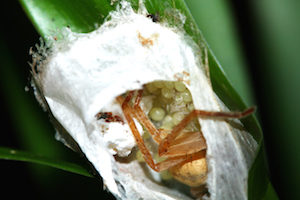 Spider eggs can’t survive freezing temperatures, so spiders that want their eggs to survive winter have to get creative. Many spider species mate and produce their eggs
Spider eggs can’t survive freezing temperatures, so spiders that want their eggs to survive winter have to get creative. Many spider species mate and produce their eggs 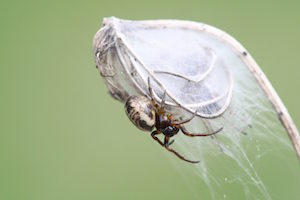 If it wasn’t obvious already, spiders are quite resourceful! Some spiders survive winter by
If it wasn’t obvious already, spiders are quite resourceful! Some spiders survive winter by 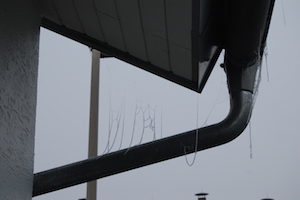 Spider species native to cold climates have been developing adaptations to freezing temperatures for centuries. When these spiders sense dropping temperatures, they begin accumulating
Spider species native to cold climates have been developing adaptations to freezing temperatures for centuries. When these spiders sense dropping temperatures, they begin accumulating 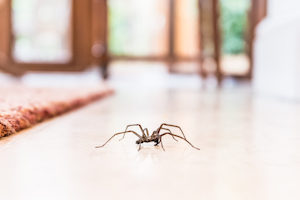 Without the ability to survive freezing temperatures, spiders need shelter to make it through winter. What better shelter could there be than your home? After all, it works for you! Like many pests, some spider aggressively attempt to enter enclosed shelters in fall and winter.
Without the ability to survive freezing temperatures, spiders need shelter to make it through winter. What better shelter could there be than your home? After all, it works for you! Like many pests, some spider aggressively attempt to enter enclosed shelters in fall and winter.